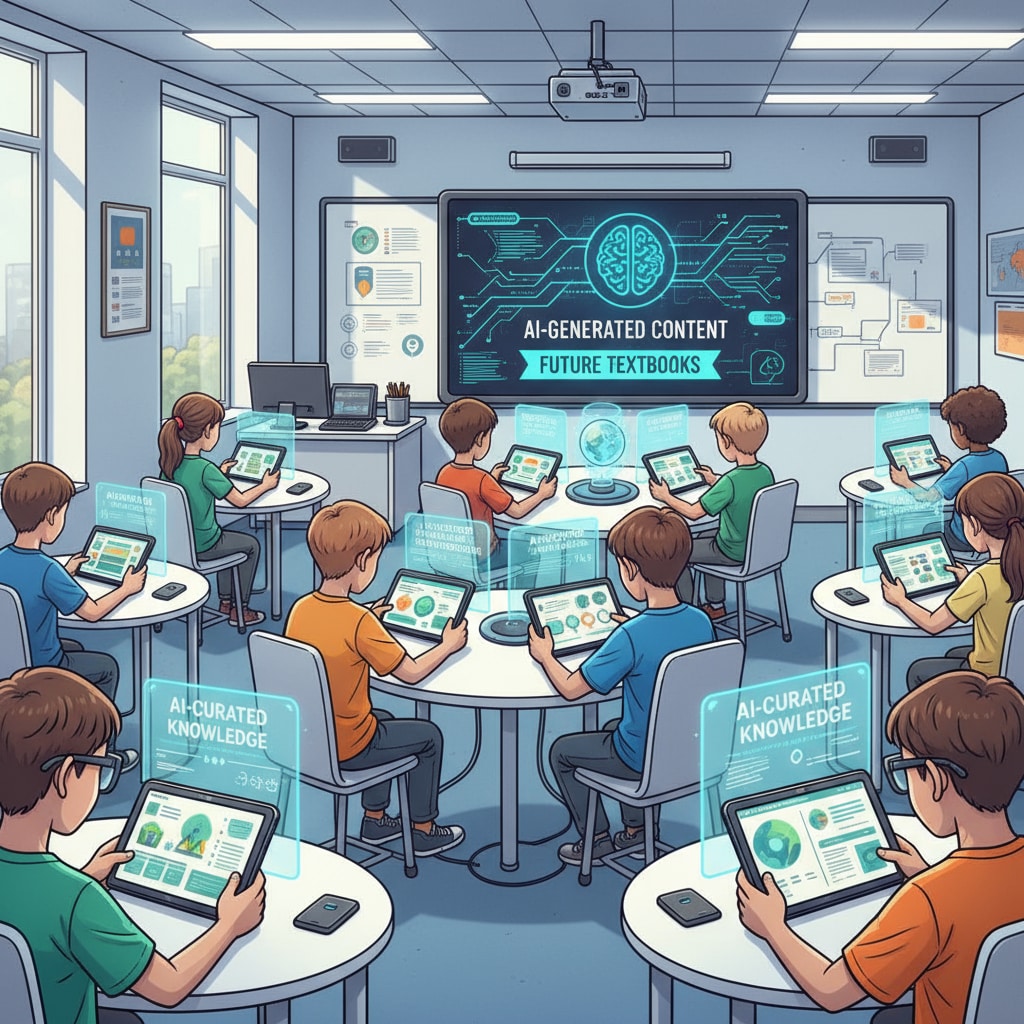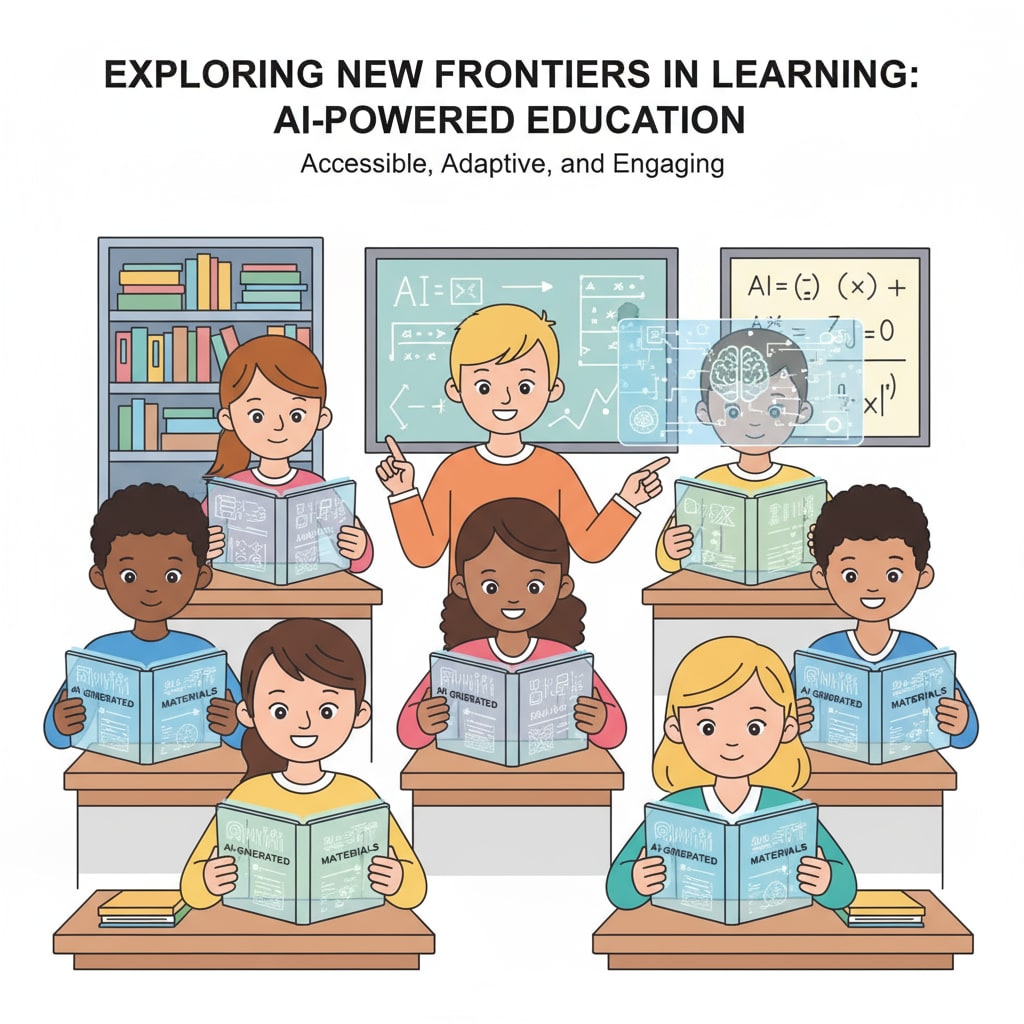AI tools, decodable reading materials, and educational applications are at the forefront of educational innovation. As artificial intelligence continues to advance, its impact on K12 education is becoming increasingly profound. AI-generated decodable reading materials are now making their way into classrooms, offering new possibilities for personalized learning.

The Value of AI-Generated Decodable Reading Materials in Education
One of the significant benefits of AI-generated decodable reading materials is the ability to provide personalized content. Every student has unique learning needs and paces. AI can analyze a student’s reading level, interests, and learning style to create customized reading materials. For example, if a student struggles with certain phonics sounds, the AI can generate texts that focus on practicing those specific sounds. This personalized approach can enhance a student’s engagement and motivation, leading to better learning outcomes. Benefits of AI in Education on TeachThought

The Challenges and Controversies
However, the use of AI-generated decodable reading materials also raises several concerns. One major issue is the quality and accuracy of the content. While AI has made great strides, it may still produce errors or inappropriate information. In addition, there are questions about the lack of human touch in these materials. Reading is not just about decoding words; it also involves understanding emotions, cultural references, and context, which are areas where human-authored materials often excel. How AI is Changing Reading for Students on EdSurge
Another concern is the potential impact on teachers. Some worry that the increased use of AI-generated materials may reduce the role of teachers in the reading curriculum. Teachers play a crucial role in guiding students’ reading development, providing feedback, and fostering a love for reading. If AI takes over too much of the instructional content, it could undermine this important relationship.
Readability guidance: By presenting the benefits and challenges in separate sections, we make the content more organized. Using short paragraphs and providing examples helps in better comprehension. Transition words like ‘however’ are used to show contrast between the positive and negative aspects.


